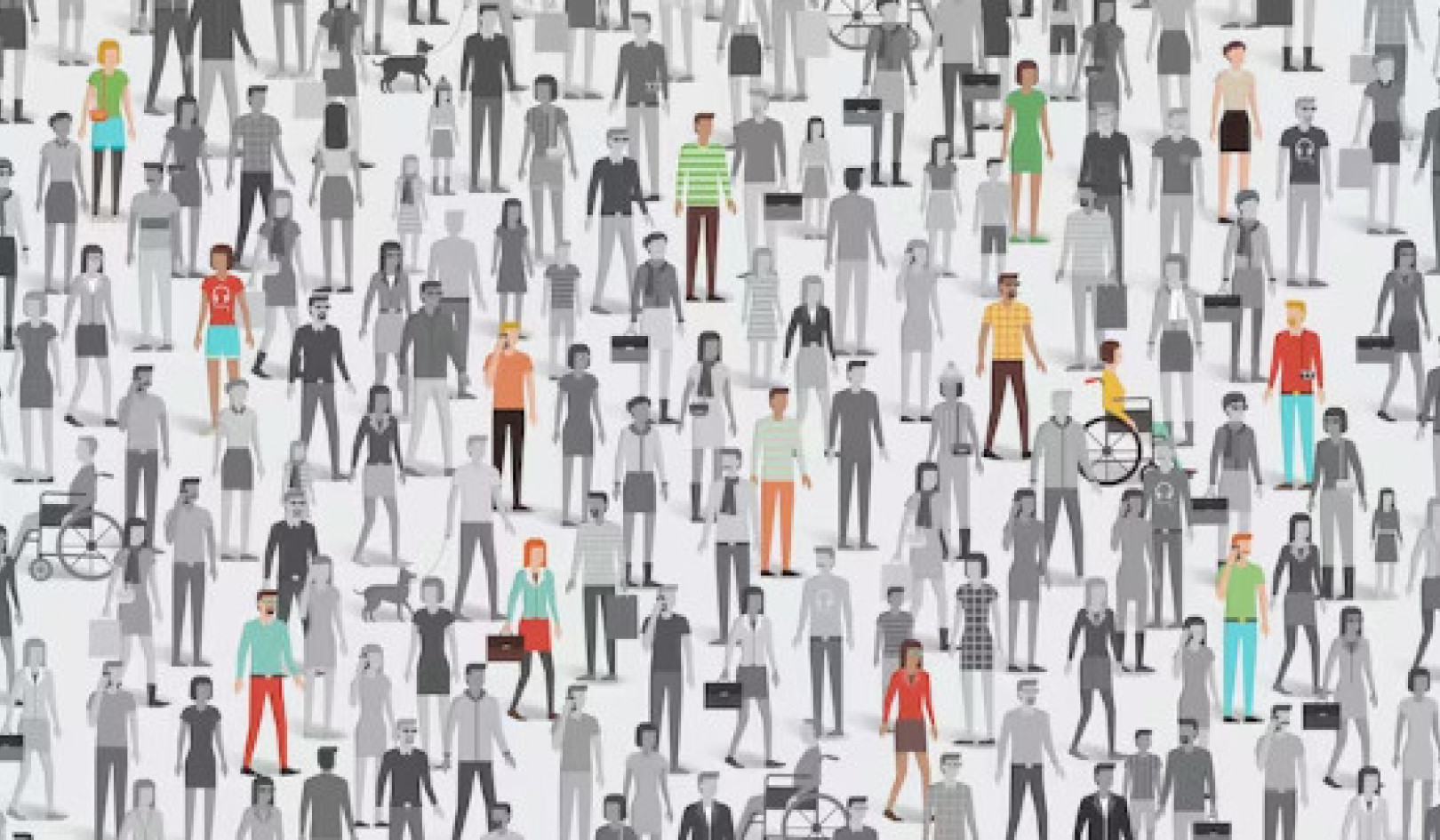
Repeat after me: The “Blue Wave” is nonsense.
The best way to discourage voting—and thwart democracy—is to predict a big win for any party. Here’s what the primaries are indicating about the political landscape ahead of the midterms.
Increasingly, there’s a lot of buzz about an expected Democratic sweep in the midterms. It’s in the mainstream newspapers and cable news (not Fox, of course). There’s a #bluewave hashtag on Twitter, complete with a little tsunami emoji, to tie it all together.
History shows midterm elections generally do bring losses to the ruling party—18 of the past 20 cycles. It is, of course, the preferred outcome for liberals and progressives. Yet, it also, increasingly looks to have all of the inevitability of Hillary Clinton winning the presidency in mid-2016.
We’re in primary season now, and a close read of some key results suggests that Democrats can’t afford to get overconfident. A blue wave may be coming, but there’s a red wave also building. In today’s highly polarized political scene, not even a conclusion to the Mueller investigation that indicts the entire Trump family is likely to make liberals out of conservatives.
Primary results are depending less on messaging than on the parties’ ability to get their bases to vote, and that’s likely going to be the case in November, too.
This past week marked another round of primary elections in five states, and a few things are becoming clear.
One is that Republicans increasingly are the party of Trump. If you wondered why so many Republicans in Congress have been reluctant to criticize the president, even when he embarks on policies that previously have been anathema to conservatives (tariffs, surrendering world leadership to dictators, embracing North Korea), consider South Carolina.
This is where Rep. Mark Sanford, a conservative and former governor, lost his primary election after displaying a modicum of independence from and criticism of the president. Katie Arrington, the state representative who defeated him, took a more pro-Trump line. And Trump himself tweeted his opposition to Sanford three hours before the polls closed: “Mark Sanford has been very unhelpful to me in my campaign to MAGA. He is MIA and nothing but trouble.”
South Carolina is deep red country, in which Sanford largely survived a scandalous affair that made national news after he absconded to Argentina for a week. He survived that, but couldn’t survive Trump.
But there is also Virginia, a more purple state that supported Obama in 2008 and 2012 and Clinton in 2016. Here Republicans nominated Corey Stewart, a firebrand who made attacking immigrants and sympathy to Confederate symbols the focus of his campaign, to challenge Sen. Tim Kaine, the former Democratic vice-presidential candidate. Whether Stewart can use his Trumpish style to carry the D.C. suburbs is almost beside the point; party stalwarts are concerned Stewart will drag down other Republican candidates in a state that the party must hold to maintain control of Congress.
That’s because Congress is really where the action is in midterms. Meaningful elections are mostly about local issues and representation, but midterms are often seen as referenda on the sitting president (regardless if that’s a good idea), and in 2018, it’s hard to turn the spotlight away from Trump.
The extent that this is driving turnout is becoming apparent.
Democrats are determined to create a blue wave and seize control of the House of Representatives. To do so, they must flip 24 seats. It’s not historically infeasible, but with today’s highly gerrymandered districts, many seats are considered safe for one party or another. As of June 15, the Cook Political Report estimated only 33 out of the 435 seats in the House are considered truly competitive.
There are, however, 25 seats now held by Republicans whose districts voted for Hillary Clinton in the 2016 presidential race. Two of them, Colorado’s suburban Denver 6th and New York’s upstate 24th around Syracuse, are on the ballot on June 26.
Of the several states that have held primaries so far, the turnout has been mixed.
The big kahuna is California, which voted June 5. While initial turnout was low, mail-in votes have pushed turnout in the Golden State up to 32.3 percent as of June 15, higher than the 2014 midterm turnout of 25.2 percent and nearly to the 33.3 percent rate seen in 2010.
That’s good for democracy, of course. But look at where the turnout was high. Turnout was more than 50 percent in a handful of sparsely populated rural counties, plus San Francisco County. None of those areas is considered particularly competitive for whichever party is in opposition.
California’s eight congressional districts that Democrats must flip are elsewhere: the rural San Joaquin Valley and the wealthy suburbs of Los Angeles. The turnout in conservative Orange County, which includes two competitive districts, was 37.6 percent.
Getting people to vote will take work, but Democrats can take inspiration from a few surprises elsewhere.
That’s moderately high, but look who’s actually turning out to vote. In seven of the eight battleground races, including the two districts that cover Orange County, Republican candidates garnered more votes than Democrats. The only district where Democrats outpolled Republicans is the 49th in San Diego County, where the seat is open after Republican Rep. Darrell Issa announced he wasn’t running again.
That doesn’t necessarily predict how a party-versus-party general election will turn out, and it doesn’t take into account how individual candidates will stack up against each other. (The “Roy Moore Effect” helped turn a deep-red Alabama Senate seat blue, after all.) But it does point to how much work Democrats will have to do to win each of those seats.
Getting people to vote will take work, but Democrats can take inspiration from a few surprises elsewhere. In Kentucky’s 6th District, Democrats drew more than twice as many votes as the Republican incumbent Andy Barr and his challenger in the May 22 primary. Democrat Amy McGrath, a former Marine fighter pilot, managed to defeat Lexington Mayor Jim Gray in the primary, and McGrath’s compelling personal story probably explained why so many Democrats turned out to support her.
Also on May 22, Democratic turnout surged in Georgia to 69 percent more than the 2014 election, driven by a competitive Democratic primary race for governor. That was won by Stacey Abrams, who could be the first Black female governor there; Republican turnout was flat compared to then, but it was still higher overall than the Democratic turnout, if only by about 5 percentage points.
There was also a surge of interest in the Texas election, where Democratic candidates for Senate, led by Beto O’Rourke, drew more than 1 million votes in the March 6 primary. Of course, this is Texas: Republicans drew more than 1.5 million votes, with incumbent Sen. Ted Cruz receiving 1.3 million of them.
Then there’s the wild card: The Supreme Court was expected to render decisions on two states with highly gerrymandered congressional districts, Wisconsin and Maryland. But on June 18, the high court sidestepped the question of partisan gerrymandering and ruled on technical matters, leaving those two states’ district maps untouched and postponing a landmark decision that could affect how members of Congress are elected going forward. A pending case in North Carolina may prove significant: Republicans blatantly gerrymandered the state’s 13 districts to give themselves 10 safe seats, and the state is under a federal court order to redraw the lines. That order was stayed by the Supreme Court until it rendered its decision on the two other cases, but may now move forward. Separately, a state court decision in Pennsylvania already resulted in a redrawing of that state’s districts in a way thought to favor more Democrats.
Given the uphill climb for congressional representation that Democrats have in front of them (especially for the progressive subset of the party) it’s clear that the midterms will largely be decided by the people who find a reason to vote. Pew Research shows Republicans generally have higher turnout than Democrats. Democrats might reconsider any “we got this” conclusions or talk of blue waves. Overconfidence cost them in 2016, and for democracy’s sake, they can’t let themselves fall into the same trap.
This article originally appeared on YES! Magazine
About The Author
Chris Winters wrote this article for YES! Magazine. Chris is a senior editor at YES! He covers economics and politics. Follow him on Twitter: @TheChrisWinters.
Related Books:
at InnerSelf Market and Amazon

























